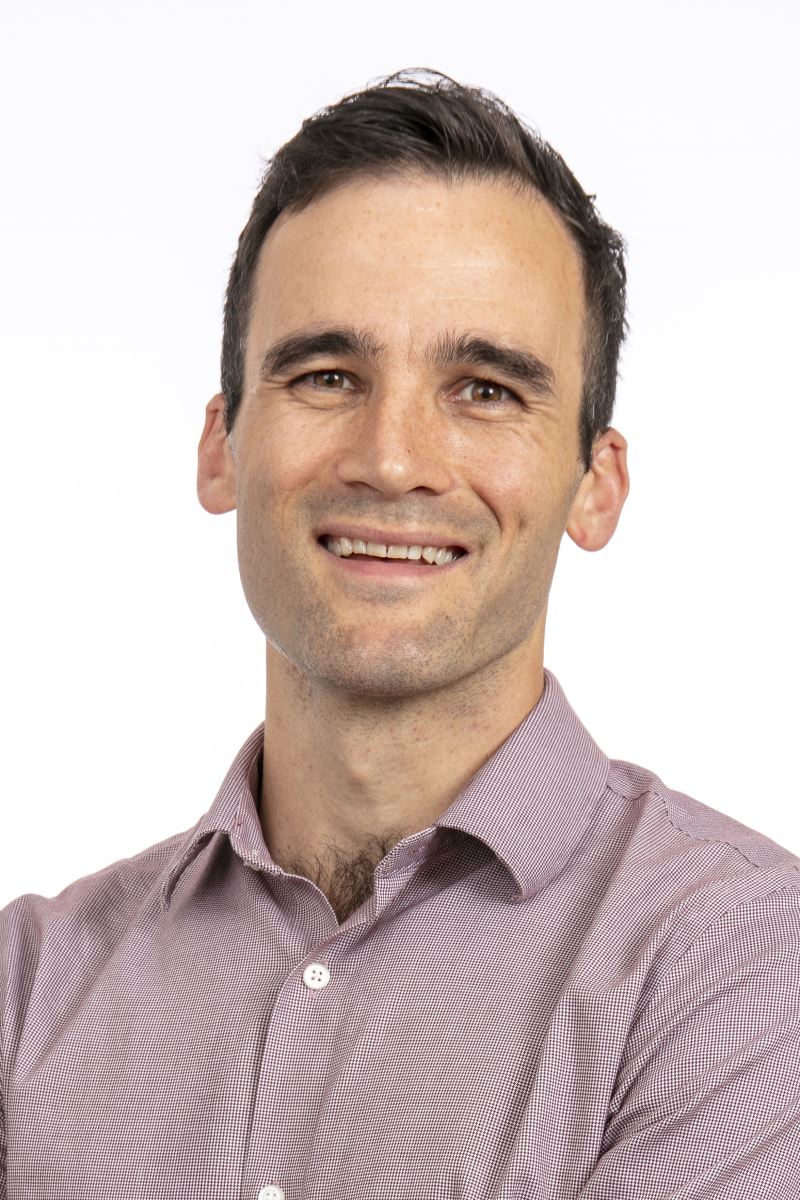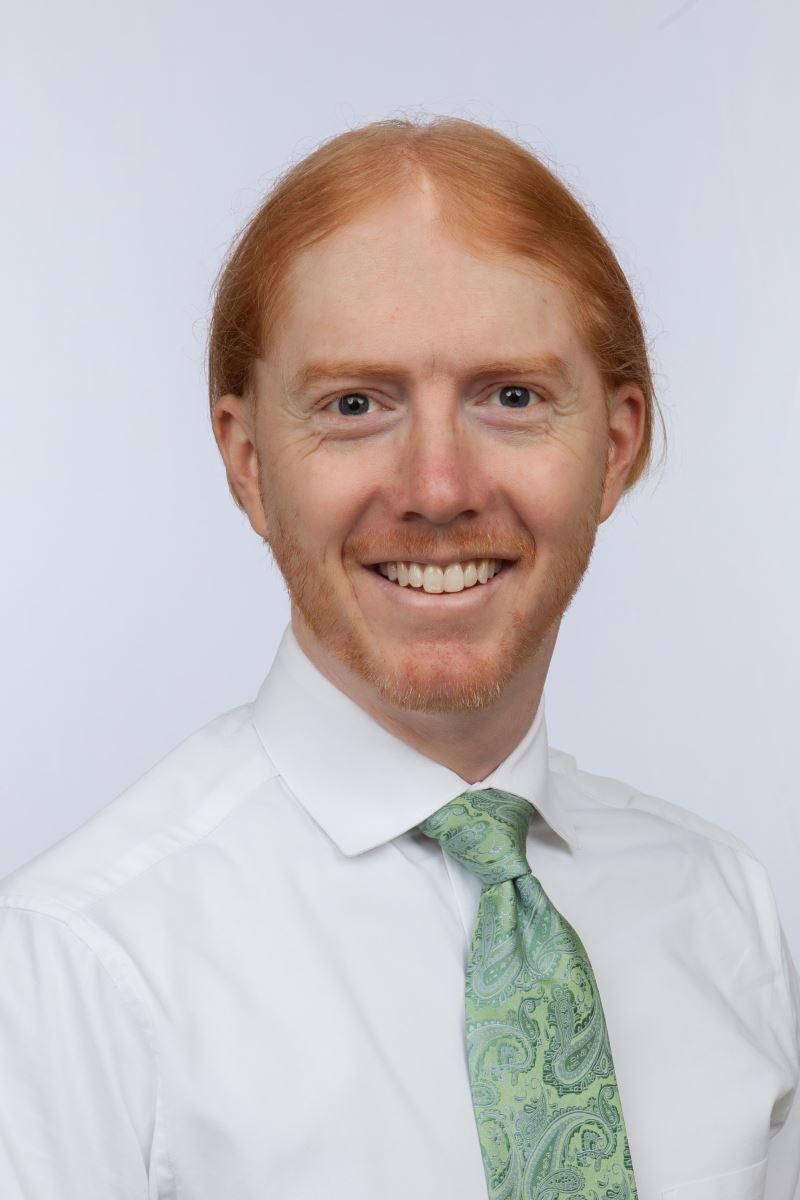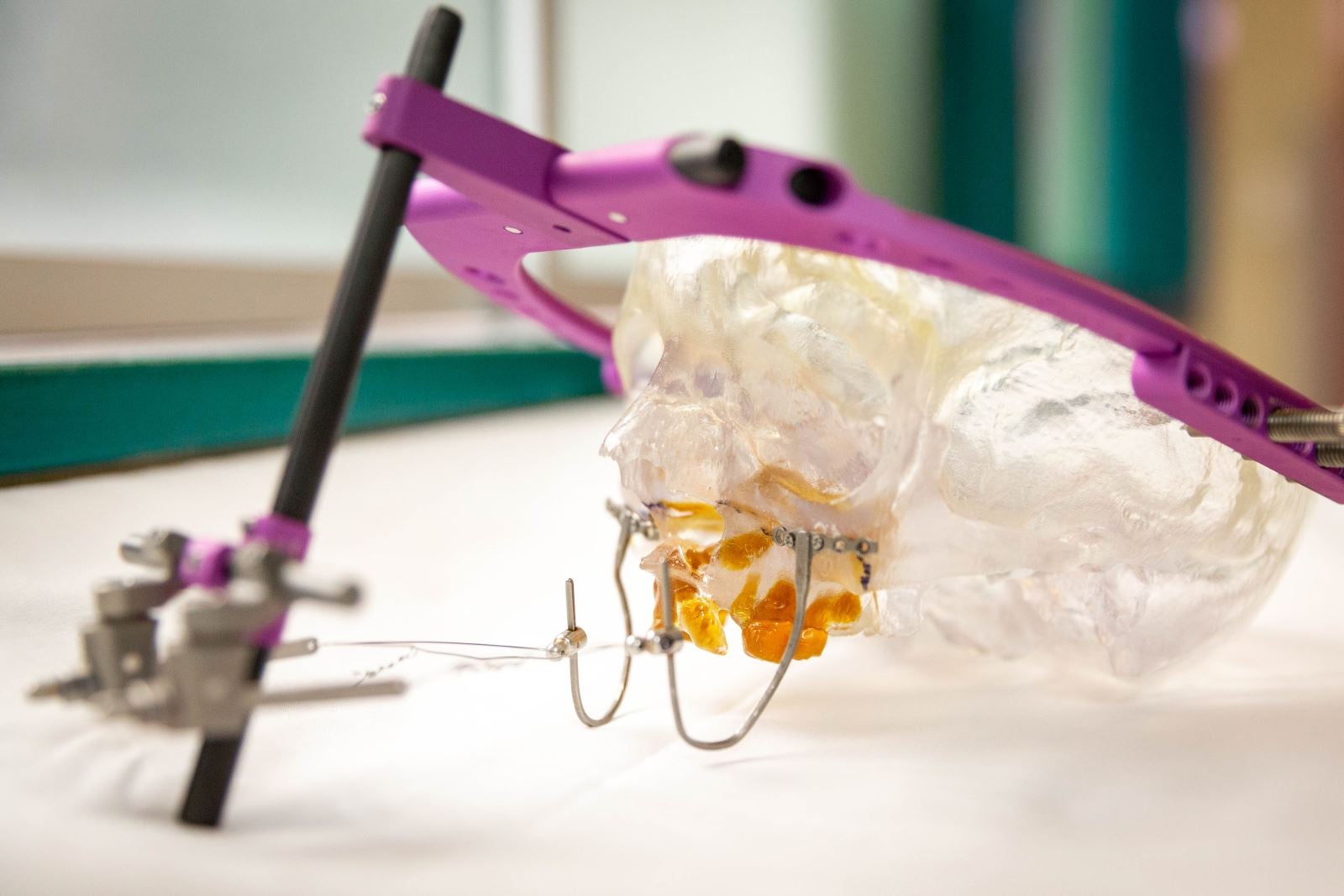Restoring Confidence and Smiles: 3 Things to Know About Orthognathic Jaw Surgery
July 24, 2024
How can a child’s upper and lower jaw difference, or “bad bite” (known as malocclusion) be corrected? For patients with cleft lip and palate, orthognathic jaw surgery is often part of the journey to restoring an underdeveloped upper jaw and midface. For many other patients, it is a solution to a jaw that does not line up correctly and makes chewing or even breathing at night more difficult. 

This is a complex surgery, so Valley Children’s Craniofacial Surgeons Dr. Matthew Hiersche and Dr. Duncan Mackay are here to share their insight on the three common questions a family may have before undergoing this procedure.
What are the benefits?
Dr. Mackay: Educating our cleft families is very important because some aren’t aware of the great benefits to a child’s future and may think after the initial lip and palate repair, that their child “looks good enough.” After multiple surgeries with significant internal scarring of their upper lip and palate while very young, many cleft patients have a retrusive upper jaw and flat midface as they grow (this is called Class III malocclusion).
Orthognathic jaw surgery is transformational to a patient’s quality of life – improved ability to chew by correctly aligning their teeth and jaws, improved breathing from a modified nasal airway, and improved self-confidence with restoration of symmetry and normal proportions of their facial skeleton.
What is the process?
Dr. Hiersche: We recommend jaw surgery after the jaw stops growing, which is usually at 17-21 years of age for boys and 14-16 for girls. A child can be referred to a surgeon by their orthodontist, and in most cases for a child with cleft lip and palate, Valley Children’s can provide the entire spectrum of care.
Dr. Mackay: The first step in the process is orthodontics – we work closely with our expert orthodontic partners to ensure the teeth are prepped so they will fit together during the surgery. Next comes virtual surgical planning. When a patient’s teeth are sufficiently aligned, I combine a fresh what is called a cone-beam CT scan (CBCT) and an intraoral 3D scan to create a high-resolution virtual model of the patient.

From there, I do virtual surgery on that model to plan all of the cuts and movements before actually creating a custom 3D printed metal plates and cutting guides matched to the individual patient so that I know the final surgical result will match the virtual plan I designed. This process leads to a shorter surgery time with less blood loss and lower complication rates.
The surgery itself usually takes between 3 and 5 hours, depending on the complexity of the case, and frequently involves a LeFort which is movement of the upper jaw (maxilla) and a sagittal split of the lower jaw (mandible), and occasionally a genioplasty to move the chin.
Our patients typically stay 1-2 nights in the hospital and follow up with me weekly for 4 to 6 weeks while healing to make sure they are healing well and to monitor the shifts in the alignment of their teeth and jaws.
Can it truly make a difference in a child’s life?
Dr. Hiersche: Since jaw surgery is in the mouth, scars are typically minimal. We’ve learned from parents that many of our cleft kids with more severe malocclusion used masks mandates as a way to hide and interact with more confidence without anyone looking at their small upper jaw and lip. They’re not happy with their overall appearance and they’re shy. They don’t speak up, and they’re not the person they could be – this procedure can give children normality with both jaw function and appearance –-- and this is our team’s ultimate goal.
Dr. Mackay: It might be a little bit cliché, but I pinch myself every day – it’s humbling to be able to so profoundly change the way a child interacts with the world at a time when they are so vulnerable. Seeing the look in that child’s face when they come back for their first clinic visit after they are fully healed – there isn’t a better job in the world.
For more information and resources, visit the American Cleft Palate-Craniofacial Association.
ABOUT VALLEY CHILDREN’S PEDIATRIC RECONSTRUCTIVE PLASTIC SURGERY TEAM
Home to one of the leading pediatric plastic surgery programs in the country, Valley Children’s board-certified pediatric plastic surgeons perform life-changing procedures on children from throughout the region and from across the State. Our surgeons perform nearly 1,400 procedures and see more than 10,000 outpatient visits a year. Emphasis on patient comfort and care is reflected in our outstanding patient and family satisfaction scores where the team scored 93% overall.
Valley Children’s Pediatric and Reconstructive team was the first in the Central Valley to earn approval from the American Cleft Palate-Craniofacial Association (ACPA) for meeting the Standards of Team Care for Cleft and Craniofacial Teams. The ACPA ensures that cleft and craniofacial care teams follow the proper sequence that takes place within the framework of the patients overall developmental, medical and psychological needs. Valley Children’s is one of only 190 teams with ACPA accreditation throughout the U.S. and Canada. Learn more about our experts here.